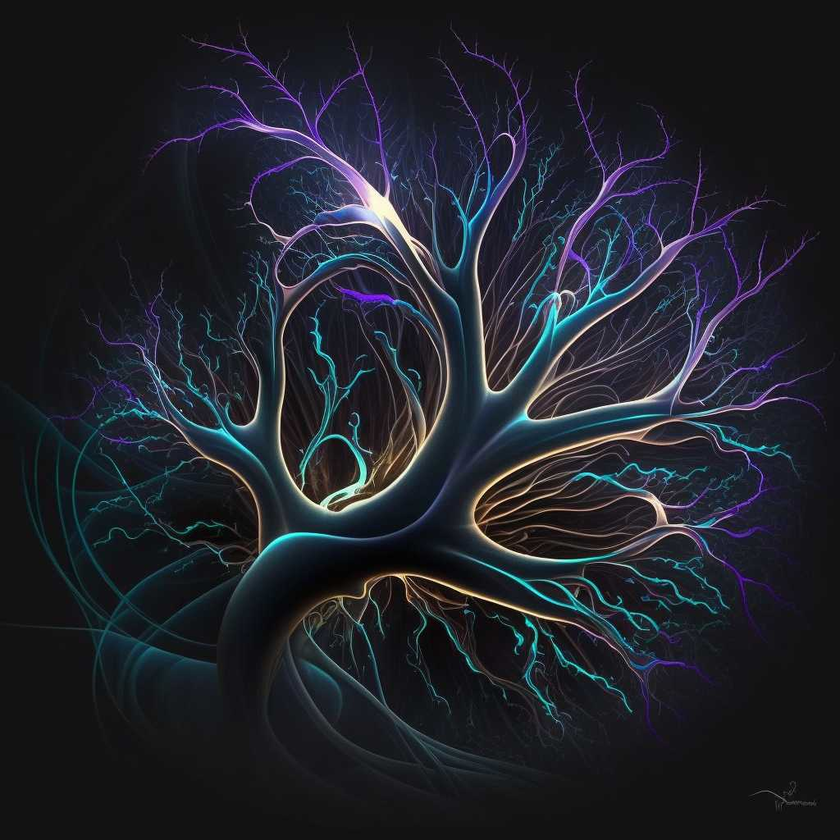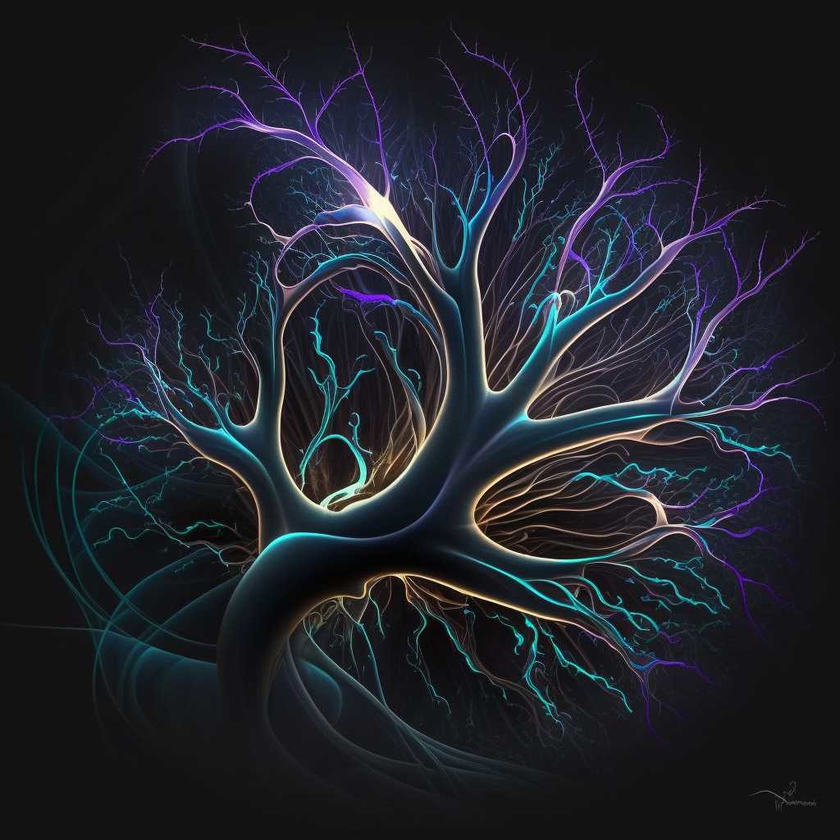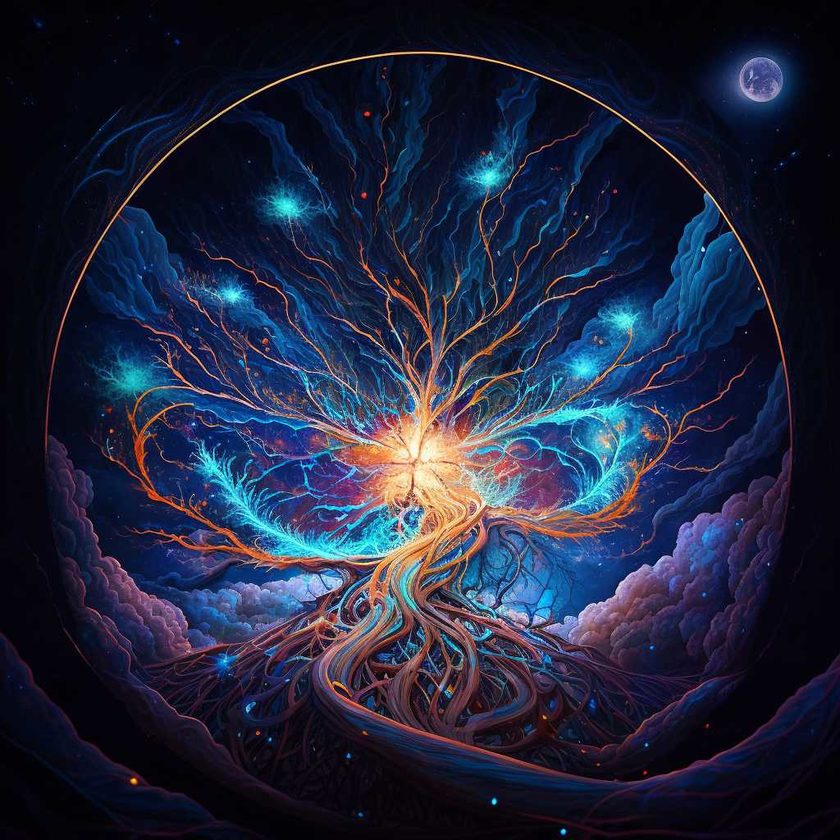Introduction
The hard problem of consciousness continues to baffle scientists and philosophers alike, as they grapple to understand how subjective experiences or qualia arise from the physical processes occurring in the brain. In this quest for answers, the Expanding Vibrational Web Theory offers an intriguing perspective that could potentially shed new light on the enigmatic nature of consciousness. This article will explore the core concepts of this theory and delve into how it may help unravel the mysteries of the hard problem of consciousness.
The Expanding Vibrational Web Theory: Core Concepts
The Expanding Vibrational Web Theory posits that the fabric of the universe is composed of an interconnected web of vibrating probability waves, which span across spacetime and give rise to all forms of matter and energy. In this framework, particles and energy states emerge from the intricate patterns and interactions within this vibrational web. The essence of this theory revolves around the idea that these vibrations and their interconnectivity serve as the basis of reality.
Connecting Vibrational Webs to Consciousness
To bridge the gap between the Expanding Vibrational Web Theory and the hard problem of consciousness, we must explore the possibility that the vibrational web encompasses not only the physical aspects of reality but also mental phenomena, such as subjective experiences. In this context, consciousness and qualia could potentially arise from specialized patterns and interactions within the vibrational web, particularly in systems like the brain.
Proposing that the brain acts as a vibrational resonator or decoder, the Expanding Vibrational Web Theory suggests that various brain structures could be uniquely tuned to "read" and "interpret" the underlying vibrational patterns associated with subjective experiences. Consequently, the brain's neural networks may serve as the conduit through which our conscious experiences emerge from the vibrational web.
Implications for the Hard Problem of Consciousness
The Expanding Vibrational Web Theory holds the potential to address the hard problem of consciousness in the following ways:
1. Bridging the explanatory gap: By proposing that consciousness and subjective experiences arise from the brain's capacity to decode and resonate with the vibrational web's patterns, this theory may offer a more coherent and comprehensive explanation of the relationship between physical neural activity and qualia.
2. A unified theory of mind and matter: The Expanding Vibrational Web Theory presents the possibility that the vibrational web unifies both physical and mental phenomena under one cohesive framework. This "everything-is-vibrational" principle could help deconstruct the dualistic distinctions between mind and matter, potentially unveiling a more holistic understanding of reality.
3. Testable hypotheses: The theory's proposed connection between vibrational patterns and neural activity allows for the development of scientifically testable and falsifiable hypotheses. Future advancements in neuroscience and physics may be able to detect or manipulate the vibrational patterns associated with consciousness, offering empirical insights into the nature of subjective experience.
Conclusion
The Expanding Vibrational Web Theory offers a novel and tantalizing perspective on the hard problem of consciousness, suggesting that subjective experiences emerge from the intricate interactions within the cosmic fabric of vibrating probability waves. By postulating that the vibrational web encompasses both mental and physical phenomena, this theory could potentially bridge the gap between objective brain function and subjective qualia. As we explore the depth of this theory and its implications, it provides a valuable framework for exploring consciousness, urging us to reconsider the nature of reality and our place within it.
















